Travel Guide, Ha Giang Loop
Conquering The Ha Giang Loop Difficulty Challenges
Embarking on the Ha Giang Loop, a journey through the rugged and breathtaking landscapes of Vietnam’s northernmost province, is an adventure that attracts thrill-seekers and culture enthusiasts alike. However, the allure of this majestic route comes with its own set of challenges. Understanding the Ha Giang Loop difficulty is crucial for anyone planning this exhilarating journey. This exploration delves into the various aspects that contribute to the loop’s difficulty, from the winding mountain roads to the cultural nuances of the region’s diverse ethnic communities. It aims to equip potential travelers with essential insights and preparation tips, ensuring a journey that’s not only safe but deeply enriching.
Introduction to the Ha Giang Loop
The Ha Giang Loop is a circular route covering approximately 350-400 kilometers, winding through the mountainous province of Ha Giang in Northern Vietnam. This loop has gained popularity among adventure seekers for its stunning scenery, unique cultural experiences, and thrilling motorbike rides.
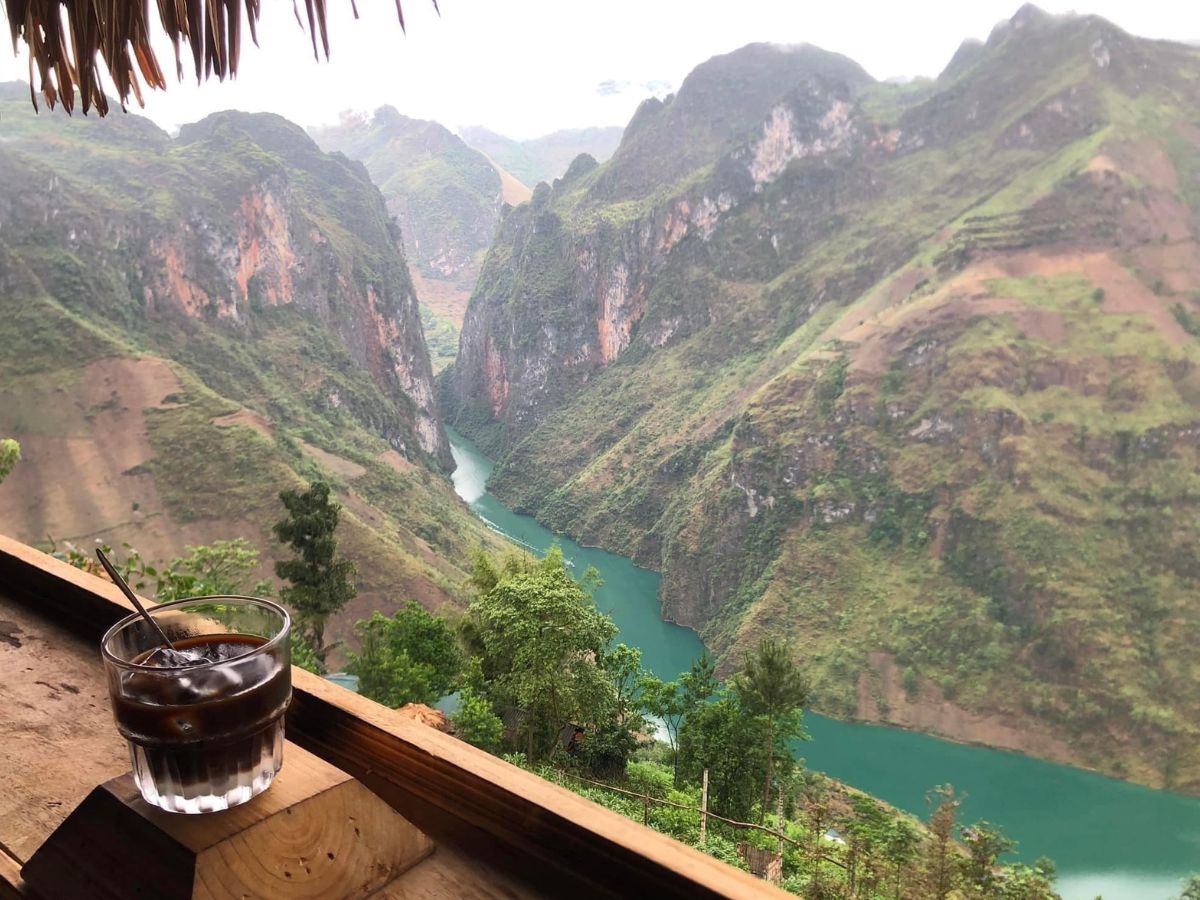
Ha Giang, located in Vietnam’s northernmost part, borders China and is characterized by dramatic landscapes with towering mountains, deep valleys, and snaking rivers. The region is culturally rich, and home to various ethnic minorities like the H’Mong, Tay, Nung, and Lo Lo, each with their unique traditions and lifestyles.
The journey typically begins and ends in Ha Giang City, a small but lively hub. The loop extends through key districts – Quan Ba, Yen Minh, Dong Van, and Meo Vac – each offering unique attractions. Expect a mix of challenging mountain passes, serene river valleys, and terraced rice fields. The roads here, snaking through the highlands, are a mix of smooth asphalt and rougher, unpaved sections.
Ha Giang Loop Route Overview
The Ha Giang Loop, a mesmerizing circuit of approximately 350-400 kilometers, is a journey that takes you through the very soul of Vietnam’s northern frontier. This route, starting and ending in Ha Giang city, weaves through a landscape that is as diverse as it is dramatic.
Your adventure starts in Ha Giang City, a bustling town that serves as the gateway to the region’s wonders. Here, you can gear up, finalize your travel preparations, and immerse yourself in the vibrant local culture before setting off.
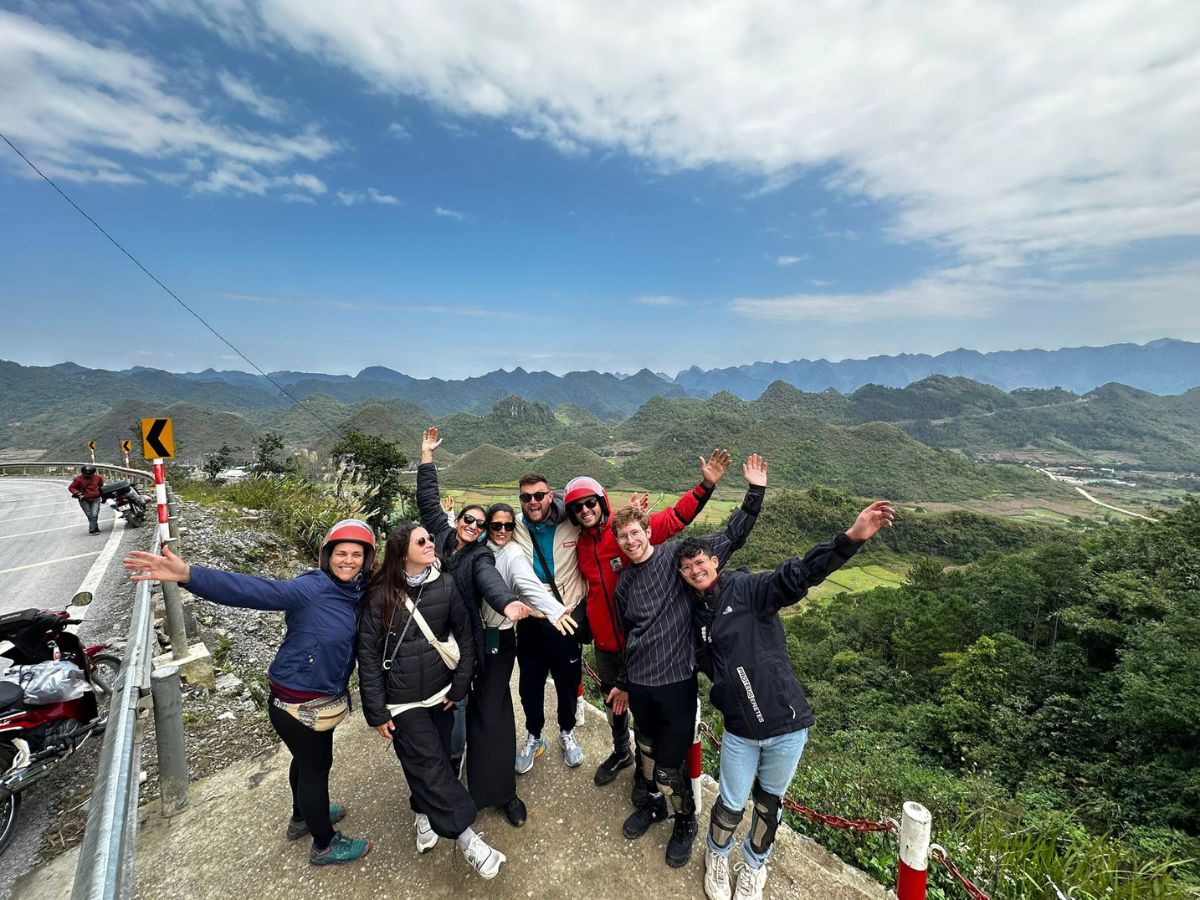
The first major stop on the loop, Quan Ba, is renowned for its breathtaking landscapes. Highlights include the Quan Ba Heaven Gate and the famous Twin Mountains, known locally as the “Fairy Bosom.” These natural wonders set the stage for the incredible scenery to come.
Yen Minh, characterized by its serene beauty and lush, terraced rice fields, offers a more tranquil phase of the journey. This area is perfect for rest and reflection amidst its calming landscapes.
Dong Van, a geologically and culturally rich district, is home to the Dong Van Karst Plateau Geopark and the ancient H’Mong King’s Palace. The old quarter of Dong Van, with its unique blend of Chinese and French colonial architecture, provides a fascinating glimpse into the region’s diverse cultural heritage.
Perhaps the most famous segment of the Ha Giang Loop is the Ma Pi Leng Pass. This road is renowned for its dizzying heights and spectacular views over the Nho Que River and the surrounding mountains. It’s a challenging yet rewarding experience, often considered a highlight of the trip.
Meo Vac is known for its rugged terrain and is closely tied to the traditions of the local ethnic communities. The weekly markets here are a vibrant display of local life and culture.
Completing the loop, you return to Ha Giang City. This journey, while challenging, rewards travelers with its rich tapestry of natural wonders, cultural diversity, and a deep sense of adventure that resonates long after the trip ends.
Ha Giang Loop Difficulty Level
The Ha Giang Loop, renowned for its rugged beauty and cultural richness, presents a variety of challenges that contribute to its overall difficulty level. Understanding these challenges is crucial for travelers to prepare adequately and ensure a safe and enjoyable journey.
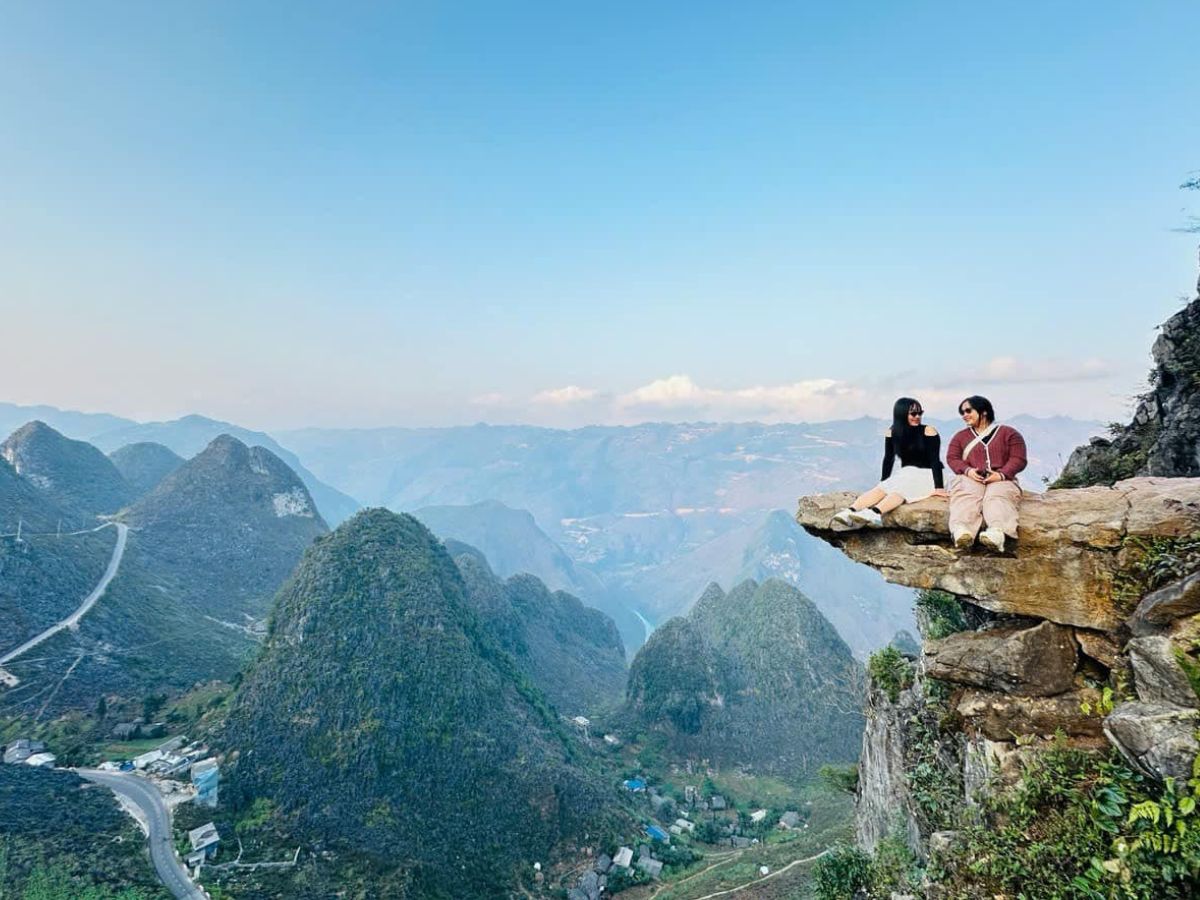
Road Conditions
Terrain Variability: The loop features a mix of terrains, including steep, winding mountain passes, and occasional rough patches. The Ma Pi Leng Pass, for instance, is both stunning and daunting with its narrow roads and sheer drops.
Surface Quality: While main roads are generally well-maintained, some sections can be uneven, with gravel, potholes, and in some areas, dirt tracks. These conditions require careful navigation, especially after weather disturbances.
Traffic and Safety: Local traffic, including trucks and buses, can pose a challenge, especially on narrower roads. The safety standards may differ significantly from what travelers are accustomed to in their home countries.
Weather Influences
Seasonal Variations: Weather plays a significant role in the difficulty of the loop. The best times to embark on this journey are during the spring (March to May) and autumn (September to November) months when the weather is milder.
Rainy Season Concerns: The rainy season (June to August) brings heavy rainfall, making the roads slippery and increasing the risk of landslides and road blockages. The fog can also reduce visibility significantly.
Rider Skill Level
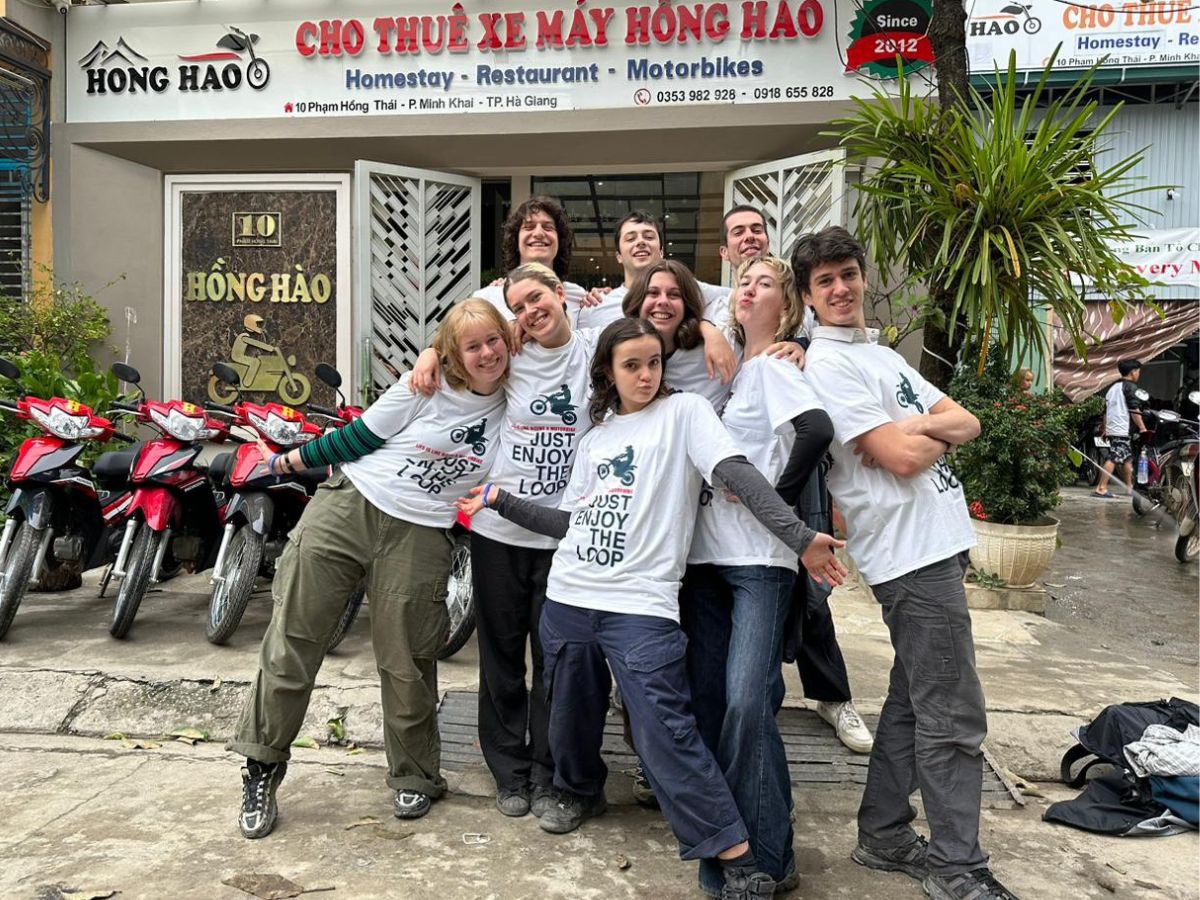
Motorbike Experience: The loop is most commonly traversed on motorbikes. It requires at least an intermediate level of riding skill due to the challenging road conditions. Sharp curves, steep inclines, and varying road surfaces demand constant attention and proficient handling skills.
Physical Demands: Long hours on the road, coupled with the demanding terrain, can be physically taxing. Riders need to be in good physical condition to manage the journey comfortably.
Altitude Considerations
High Elevation: Some parts of the loop, like the Ma Pi Leng Pass, are at high elevations. Travelers may experience mild altitude sickness, including symptoms like headaches, fatigue, or shortness of breath.
Navigation and Logistics
Orientation: Reliable navigation is key. GPS devices or detailed maps are essential, as mobile signal coverage can be patchy.
Remote Locations: Some stretches of the loop are quite remote with limited services. Riders should plan their route to include stops in towns or villages where fuel, food, and accommodation are available.
Navigating the Loop
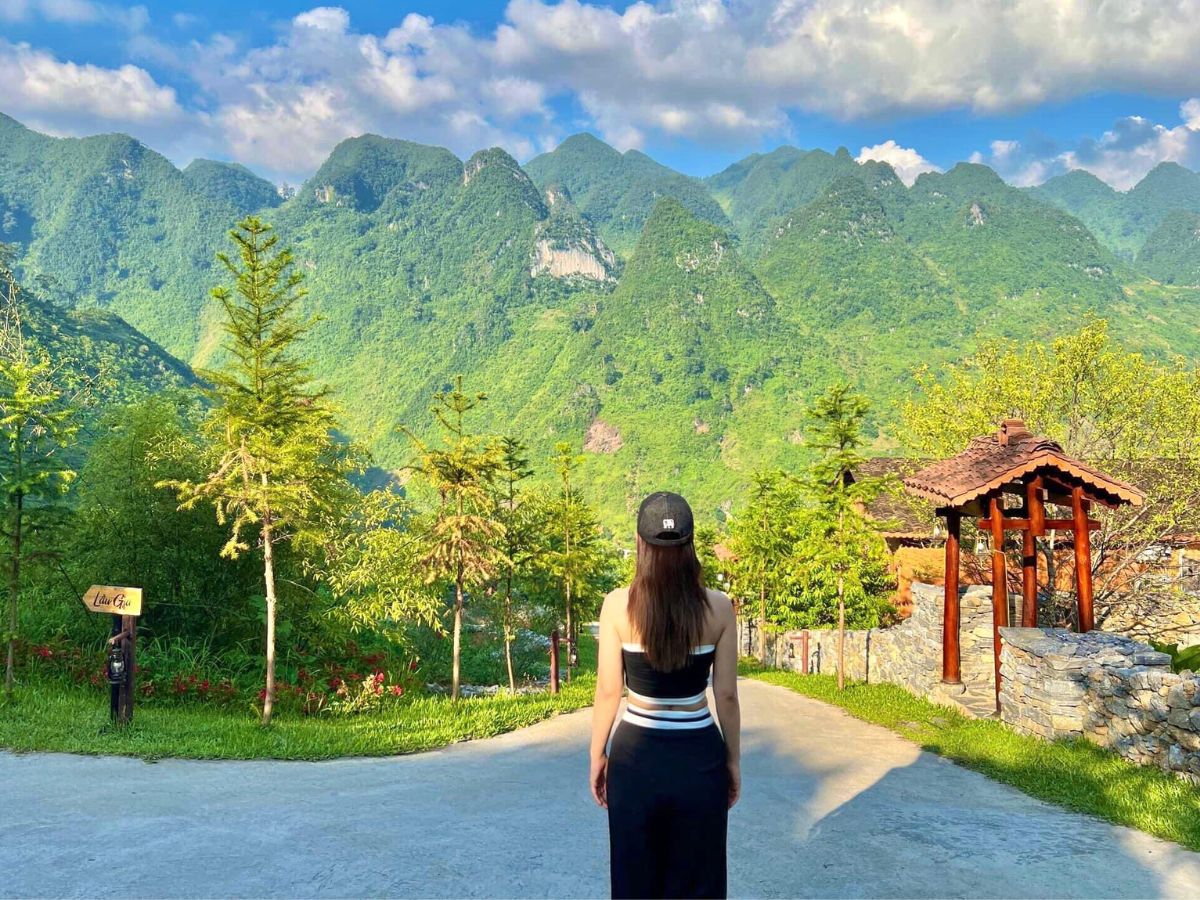
3D4N Itinerary Suggestion:
NIGHT 1: Hanoi – Ha Giang City
The bus picks up from your hotel/hostel in Hanoi from 7:30 pm to 8:00 pm the sleeping bus will leave Hanoi, and you will arrive at Ha Giang around 4:00 am, check-in and stay at the Hong Hao hostel for a few hours before start.
DAY 1: Ha Giang City – Quan Ba – Yen Minh – Dong Van Town (135km)
- Bac Sun Pass
- Quan Ba Heaven Gate
- Quan Ba Twin Mountain
- Can Ty Pass
- Tham Ma Pass
- The Hmong King’s Palace
DAY 2: Dong Van Town – Ma Pi Leng Pass – Meo Vac – Du Gia Village
- Ma Pi Leng Pass (one of the most four beautiful passes of Vietnam)
- Sa Li Pass
- Lung Ho Viewpoint
- Du Gia Waterfall
DAY 3: Du Gia Village – Lung Tam Village – Ha Giang City
NIGHT 4: Take the bus to Hanoi from Hong Hao Hostel at 7:20 pm, the bus will pick you up to go back to Hanoi
Cultural Etiquette and Interaction
Navigating the cultural landscape of the Ha Giang Loop is as important as traversing its physical terrain. The region is home to a mosaic of ethnic minorities, each with their own customs and traditions. Understanding and respecting these cultural nuances is essential for a harmonious and enriching experience.
When visiting ethnic minority villages or religious sites, dress conservatively. Avoid wearing revealing clothing as a sign of respect. Each ethnic group has its own set of customs. For instance, some may have specific ways of greeting or certain rituals when entering a home. It’s advisable to do a bit of research or ask a local guide about these practices.
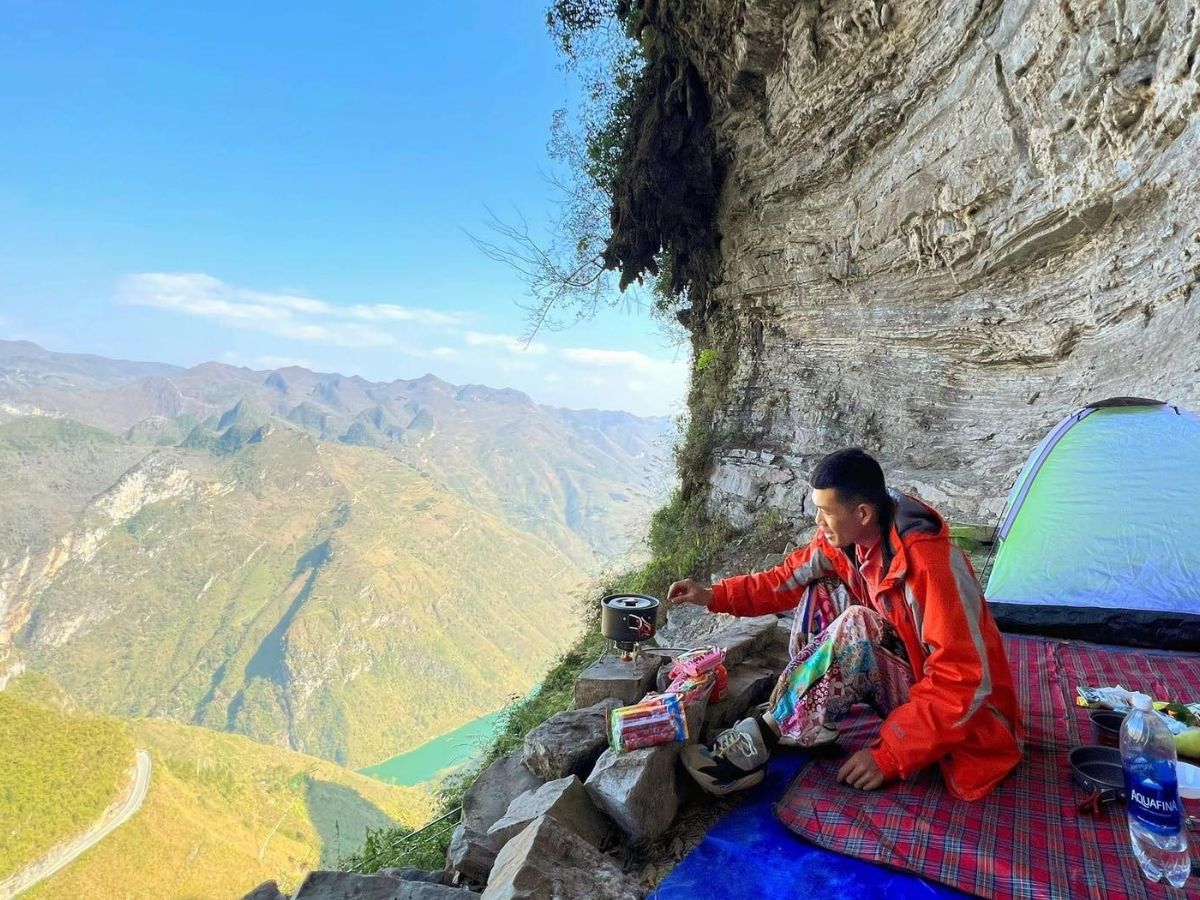
English may not be widely spoken, especially in remote areas. Learning a few basic Vietnamese phrases can be helpful. Non-verbal communication, like smiling and gestures, also goes a long way. Always ask for permission before taking photos of people, especially in ethnic minority areas. It’s respectful and often leads to a more meaningful interaction.
Local markets are vibrant and bustling places. While shopping or browsing, be polite, haggle gently, and be mindful of not offending. If invited to participate in local activities or festivals, embrace the opportunity respectfully. It’s a chance to learn and understand the local culture deeply.
*Remember: No adventure is without risk, but the memories and experiences gained from the Ha Giang Loop are truly priceless.
Conclusion
The Ha Giang Loop, with its winding roads, steep ascents, and raw, natural beauty, offers an adventure that is as challenging as it is unforgettable. This journey is not merely about conquering difficult terrain; it’s about embracing the unique cultural encounters, navigating the unpredictability of nature, and discovering one’s resilience in the face of adversity. Ha Giang Loop difficulty is an integral part of its allure, offering a rewarding experience to those who are well-prepared and respectful of both the natural and cultural landscapes they traverse.
FAQs
How difficult is the Ha Giang Loop for a beginner motorbike rider?
The Ha Giang Loop presents a significant challenge for beginner motorbike riders due to its complex and varied terrain. The route includes steep inclines, sharp turns, and sections with uneven surfaces, demanding a fair level of skill and confidence in handling a motorbike. Additionally, the mountainous roads can be narrow and winding, requiring constant vigilance and control. While it’s not impossible for beginners, it’s highly recommended that those with limited riding experience either spend time practicing beforehand, opt for a motorbike tour with an experienced guide, or consider alternative transportation like a car.
Is the Ha Giang Loop doable in all weather conditions?
The Ha Giang Loop can be challenging in adverse weather conditions, making it less ideal for travel year-round. The optimal times to embark on this journey are during the spring (March to May) and autumn (September to November) months when the weather is more stable and conducive for riding. During the rainy season, from June to August, the loop becomes more treacherous due to heavy rains, which can cause slippery roads, reduced visibility, and potential landslides. Winter months can bring cold temperatures and fog, especially at higher altitudes, adding to the difficulty. While experienced riders may navigate these conditions, it’s generally advisable to plan your trip during milder weather to ensure a safer and more enjoyable experience.
Are there any specific parts of the loop that are particularly challenging?
Within the Ha Giang Loop, certain sections stand out for their increased difficulty, particularly the Ma Pi Leng Pass. This stretch is famed for its breathtaking views but also poses a significant challenge with its steep inclines, sharp curves, and narrow paths along precipitous mountainsides. The road demands skilled handling and utmost concentration, especially for motorbike riders. Additionally, the road conditions can vary, with some parts having uneven surfaces or loose gravel.
Are there enough accommodation and food options along the loop?
Yes, along the Ha Giang Loop, travelers will find a sufficient range of accommodation and food options catering to different preferences and budgets. The loop is dotted with a variety of homestays, guesthouses, and hotels, especially in key towns like Dong Van, Yen Minh, and Meo Vac. These accommodations offer a blend of comfort and cultural immersion, with many providing the opportunity to experience local hospitality and cuisine. Speaking of food, the route is well-supplied with eateries and local markets serving traditional Vietnamese dishes, ensuring that travelers can enjoy authentic culinary experiences.
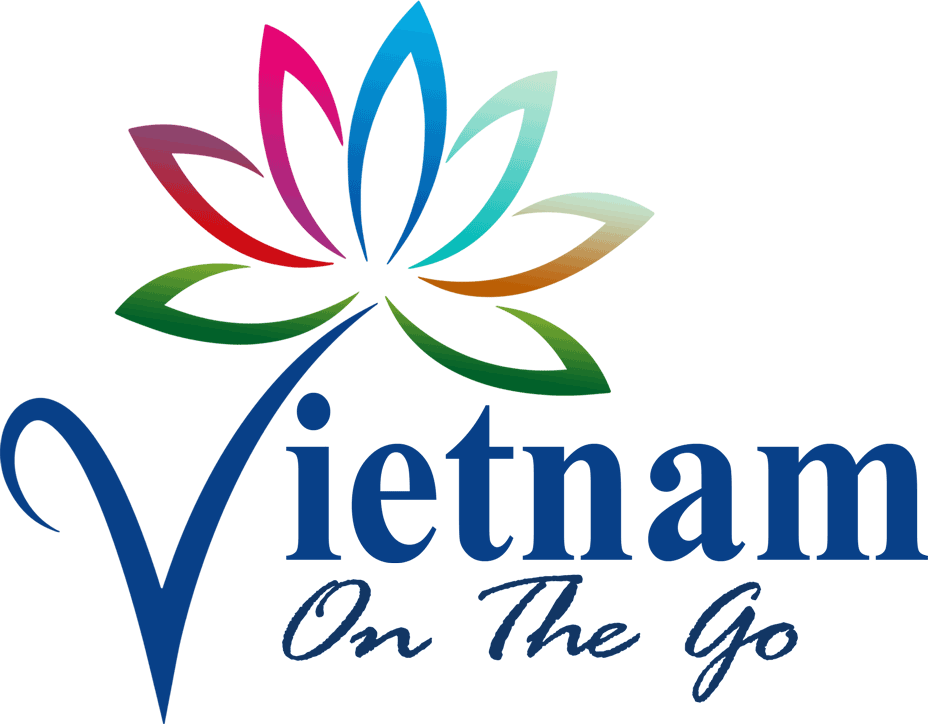
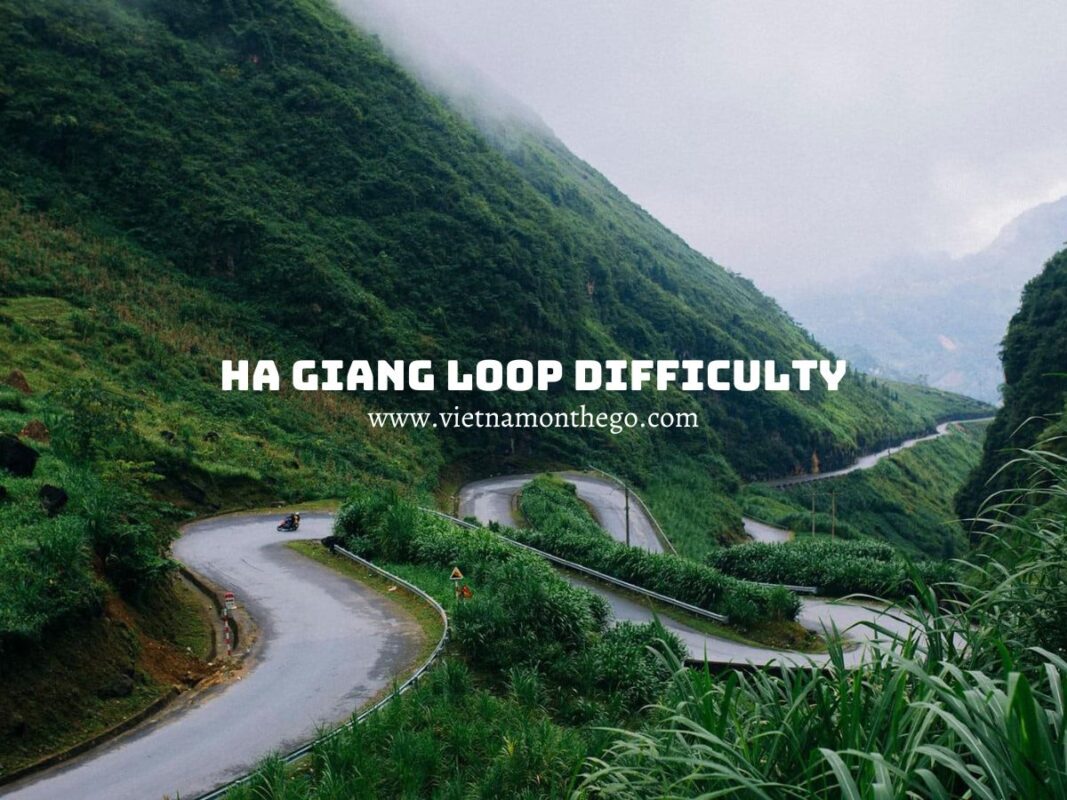
![[3 DAYS 4 NIGHTS] Ha Giang Loop Motorbike Tour from Hanoi](https://vietnamonthego.com/wp-content/uploads/2024/03/ha-giang-loop-tour-6-300x300.jpg)
![[4 DAYS 5 NIGHTS] Ha Giang Loop Motorbike Tour from Hanoi](https://vietnamonthego.com/wp-content/uploads/2024/03/ha-giang-loop-tour-300x300.jpg)